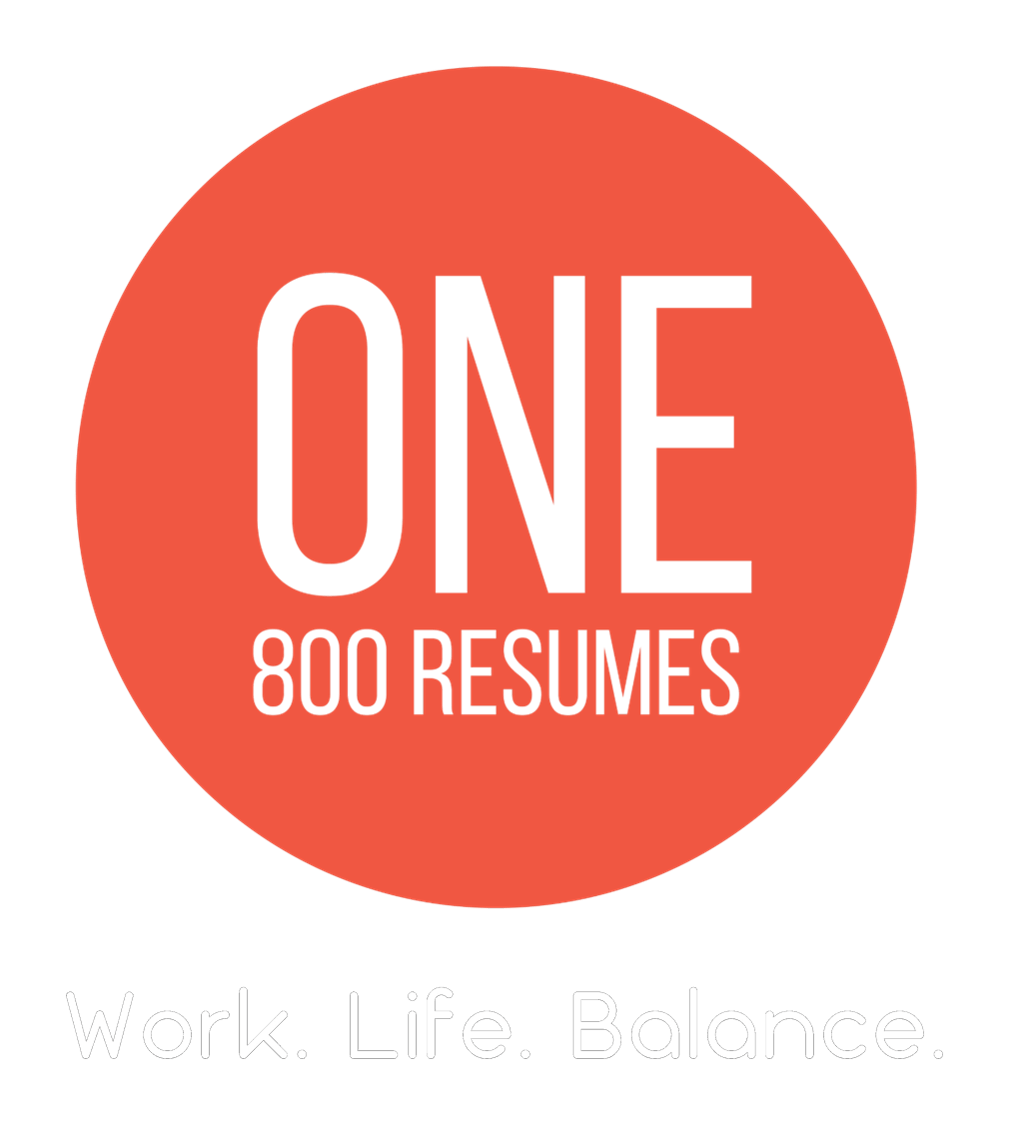Algorithms rule the world! Enters ATS...
Is ATS a jobseekers friend or foe?

Back in 2014, I had my first experience with an applicant tracking system (ATS). I didn’t even know the system I was using was an ATS. It was my first year in the role of hiring manager and one of my first tasks was to hire for ten acting trainer positions. I worked closely with a recruiter and with software called iCIMS.
My manager and I drafted the wording for the job requisition (what qualifications were needed, a job description, and sought after qualifications) and after gaining approval from Human Resource and the Legal Department, we were off to the races. The recruiter posted my requisition and I waited patiently for five long days! And after the wait, the ATS returned about 200 applicants, however, based on the job criteria we set up in iCIMS, I only received 75 out of the 200. The reason I received so few is due to an ATS’s ability to sort and find résumés that have the highest match ratio to the criteria my manager and I put in the job requisition.
I later learned during my first year as training/hiring manager that iCIMS Is an ATS. And nine times out of ten, your application has passed through one as well.
The ATS is a revolutionary tool for recruiters and hiring managers the world over and they rely on your most important tool, the résumé, to match yours perfectly to their open position!
To define it more clearly, ATS are designed to match keywords and other criteria such as hard skills between the posted job requisition and an applicant’s résumé. In short, it is an algorithm machine! And yes, algorithms really do run the world (insert smiley face).
So is an ATS your nemesis or your friend? The long answer short is that it can be your friend. Especially if you take advantage of its ability to match a pattern to a pattern. Your résumé is one pattern and the job posting another.
Here’s how to make the ATS become a champion for your cause for hire:
1. Incorporate relevant keywords (like hard skills) found in the job posting into your résumé. For example, proficient in Microsoft Word, Excel, or PowerPoint, forklift operator, advanced typist, etc.).
2. Make sure you highlight quantifiable data on your résumé. What is quantifiable data? It is anything that can show numerically how you added value to a previous company’s bottom line. For example, increased sales by 20% in a particular quarter of the year, wrote X amount of articles, or resolved 25 tech support tickets per day, the list is endless. The point is to add value to each past job entry (don’t list responsibilities, list actionable items).
Hopefully, with these simple guidelines , ATS will find those matching data points within your résumé to score it high enough to be pulled for human review!
May the force be with you Goal Getters!


